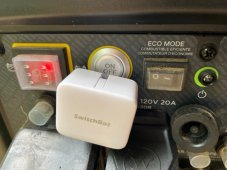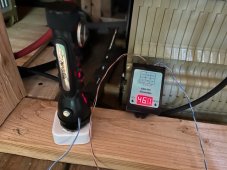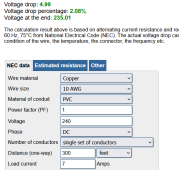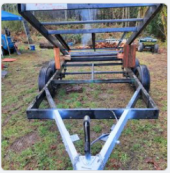MichaelK
Solar Wizard
Nope, you are getting that wrong. Voc means the open circuit voltage, the voltage of the panels went the wires are physically disconnected from anything else. If you plug your multimeter probe tips into the sockets of a disconnected solar panel, the voltage you are reading is the Voc. The voltage under load, when the panel is actually making power is the Vmp, or the maximal power point voltage.LazyDragon,
I looked up Voc in my manual. I'm going to paste it here as I want to make sure I fully understand. VOC=Volts on Charge VDC=Volts of direct current. What is the difference or are they the same? Here is my midnite solar specs: I don't think I did it right. Definite beginner, thanks for your patience.
The Voc comes into play when the battery bank is full, and the controller shuts off current flowing to the battery. As soon as current stops, the voltage raises up to the Voc, just like water pressure raises when you shut the valve. When the controller however senses a battery drain and closes the current flow circuit again, all the electronics are briefly exposed to the full Voc. It might only be milliseconds, but that's enough time for excessive voltage to damage the electronics.
BTW, You've typed the wrong parameters into the string calculator. You can't have a Vmp of 91V and a Voc of 435V?







